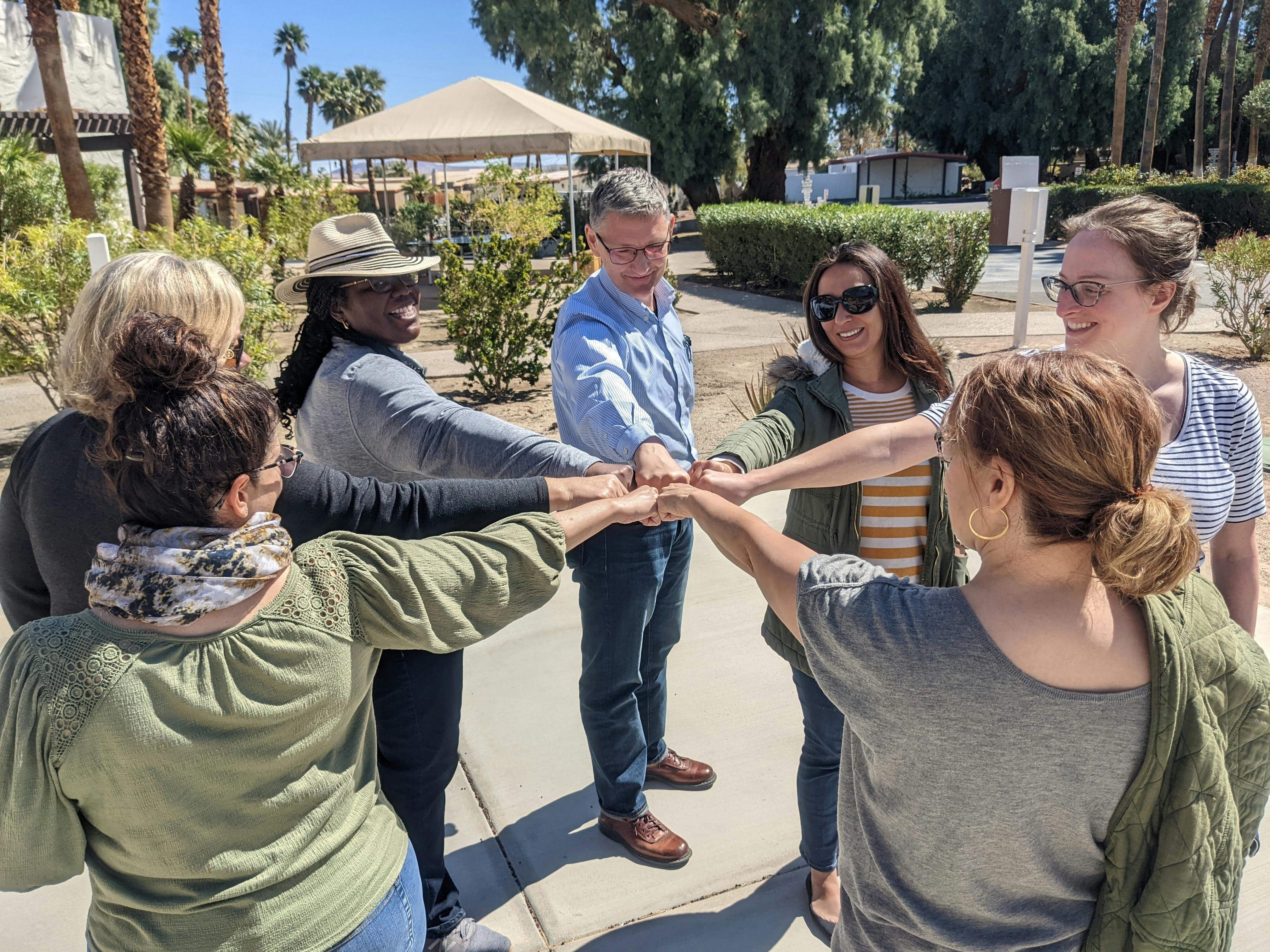Team Building for Employee Engagement and Retention: Fostering Connections, Building Success

Employee engagement and retention have developed into crucial criteria for organizational success in the competitive corporate environment of today. Engaged employees are not only more productive but also more likely to stay committed to their organizations. One powerful tool that contributes significantly to employee engagement and retention is team building. In this blog, we will explore the role of team building in fostering employee engagement and retention, highlighting its benefits and sharing practical insights and success stories.
Team building activities provide a platform for employees to come together, collaborate, and build strong relationships. By creating opportunities for meaningful interactions, team building initiatives break down barriers, encourage open communication, and foster a sense of camaraderie among team members. This sense of connection not only enhances the overall work environment but also increases employee engagement and motivation.
Engaged employees are more likely to be satisfied with their work and stay committed to the organization. Team building activities help create a positive and inclusive culture where employees feel valued, heard, and appreciated. When employees feel connected to their colleagues and the company as a whole, they develop a sense of belonging and purpose, leading to higher job satisfaction and increased loyalty.
Moreover, team building initiatives promote collaboration, trust, and effective communication within teams. Through problem-solving exercises, collaborative challenges, and shared goals, employees learn to work together towards a common objective. This collaborative mindset carries over into their day-to-day work, resulting in improved productivity, creativity, and innovation.
Companies that prioritize team building have observed significant improvements in employee satisfaction, reduced turnover rates, and increased productivity. For example, a software development company implemented regular team-building activities, which led to a 30% decrease in turnover and a 25% increase in employee satisfaction within six months.
In another case, a manufacturing company organized team-building workshops focused on improving communication and trust among employees. As a result, employee turnover reduced by 15%, and productivity levels increased by 20% within a year.
These success stories demonstrate that team building initiatives not only foster connections among employees but also contribute to building a successful and thriving organization. By investing in team building, companies create a positive work environment, enhance employee engagement, and improve retention rates, ultimately driving long-term success.
Conclusion
Team building plays a vital role in enhancing employee engagement and retention. By fostering connections, promoting collaboration, and creating a positive work culture, team building initiatives contribute to increased job satisfaction, improved productivity, and reduced turnover. Companies that prioritize team building are well-positioned to build successful and resilient teams that drive organizational growth and achieve long-term success.